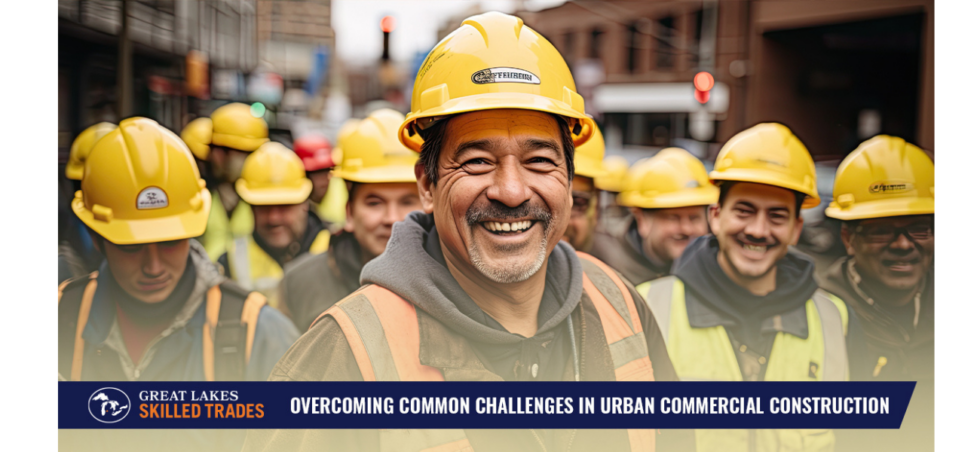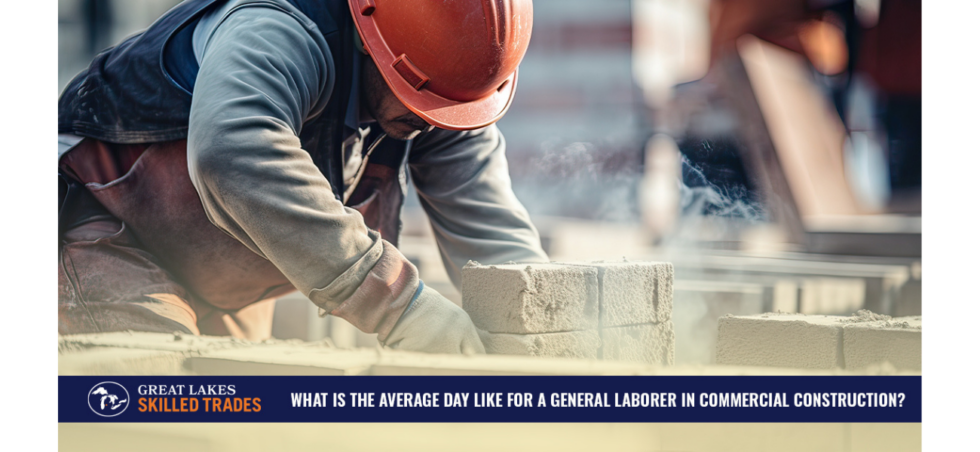Ask a contractor what he/she expects in the industry in 2023 and here’s what you’ll hear. On the plus side, 2023 could see the backlog of infrastructure break loose as regulatory hurdles are overcome. That will be a nice addition. On the minus side, though, some familiar problems will remain in place, namely the difficulty of finding talented workers and the supply chain crisis. Here is a look at 2023 construction trends.
Those were the conclusions of the Associated General Contractors of America’s 2023 Construction Outlook National Survey. The AGC surveyed more than 1,000 contractors across the country for the survey. The Associated General Contractors of America is the leading association for the construction industry. AGC represents more than 27,000 firms.
In this blog post, we’ll look at the findings from the survey.
Supply chain top concern for contractors
Contractors’ biggest concern for 2023 is the supply chain. It’s been more than three years since the start of the pandemic but still the problems persist—product deliveries continue to show up late and prices continue to rise—with most contractors surveyed having experienced project delays or cancellations. Supply chain problems have inflated the costs of many construction materials and delayed deliveries of those products. Contractors said they have responded to these problems by accelerating purchases after winning contracts, by trying out alternative suppliers and alternative materials and stockpiling materials before winning contracts.
It’s been a maddening three years for contractors. One week, a particular material will be in short supply while the week following it’s a different product. Try making cost estimates and production schedules in this environment.
In response, contractors do what they can, such as investing in technologies and techniques to make their operations more efficient and less vulnerable to supply chain challenges.
“There are two things here,” said Brian Turmail, Vice President of Public Affairs and Strategic Initiatives with AGC. “One is rising material prices. We track the Producer Price Index and in the most recent numbers, December, there seemed to be some easing of inflationary pressure. Since there, though, there have been signs that prices are still going up and there’s not much light at the end of the tunnel.
“The second thing is the availability of product—trusting that your products are going to arrive on the agreed-upon day. It seems to be getting better. Better, not great. If the supplier says your materials are going to arrive on Wednesday, the chances are better now than they were a year that that actually will be the case.”
Infrastructure work coming?
The contractors surveyed were hopeful that this will be the year—finally—that we see the benefits of a flurry new of federal investment in infrastructure flowing from the Infrastructure Investment and Jobs Act. Few contractors surveyed reported having been awarded projects. To date, the hoped-for projects have languished in a strangle of red tape. In particular, the administration had bungled the implementation of the so-called Buy America regulations. It’s not clear to state and local regulators what building materials are covered by the legislation—so they sit on their hands.
“We asked survey respondents if they’d pick up any infrastructure work in 2022 and the numbers were quite low. There are expectations that that’s going to get better. But it’s just expectations, not a reality yet,” Brian said.
“There are things public officials can do to accelerate these infrastructure projects. They need to decide if they want to be known as the guys who are snarling this up in red tape.”
While contractors remain hopeful about federally funded infrastructure projects, they are less bullish about other sectors. Higher interest rates and evolving work and shopping patterns are impacting office, retail, hospitality, and multifamily residential demand. Likewise, the prospect of a slowing economy—perhaps even a recession—has dimmed the short-term outlook for warehouses, data centers, and manufacturing plants.
Talent shortage still a major problem
Contractors surveyed expected to hire more workers in 2023—somehow. That is, the need is there but not the workers. With not enough workers projects take longer and cost more. Eighty percent of respondents reported having difficulty findings workers—and most expected those difficulties to persist. Very few new workers are entering the construction labor pool domestically and from other countries.
Trying to cope, nearly three-quarters of contractors surveyed have boosted pay and a third have offered signing bonuses and improved their selection of benefits. “We are planning for this to be a long-term challenge,” Brian said.
“One bit of hope we have is that some segments of the economy may be moving into layoff mode. They may be letting people go—people who could find a career in construction. Meanwhile, we do see an increase in contractors working with public schools to create construction-focused programs.”
2023 construction trends
The construction industry is constantly evolving and new trends are likely to emerge as technology advances and society’s needs change. By embracing these trends and adopting new technologies and practices, construction companies can stay ahead of the curve and remain competitive in an increasingly crowded marketplace.
Did you like this post? Check out
Process improvement for contractors.








